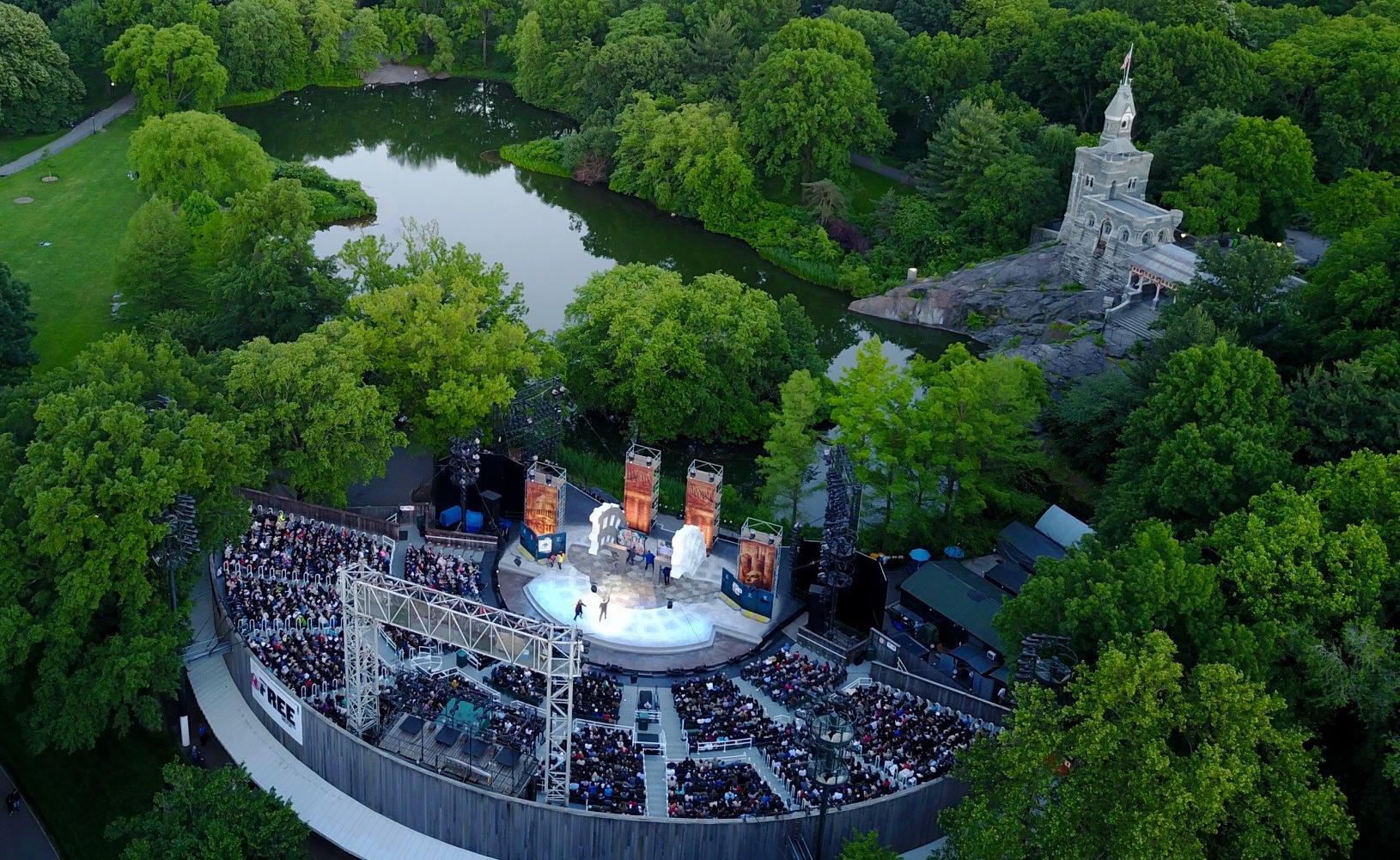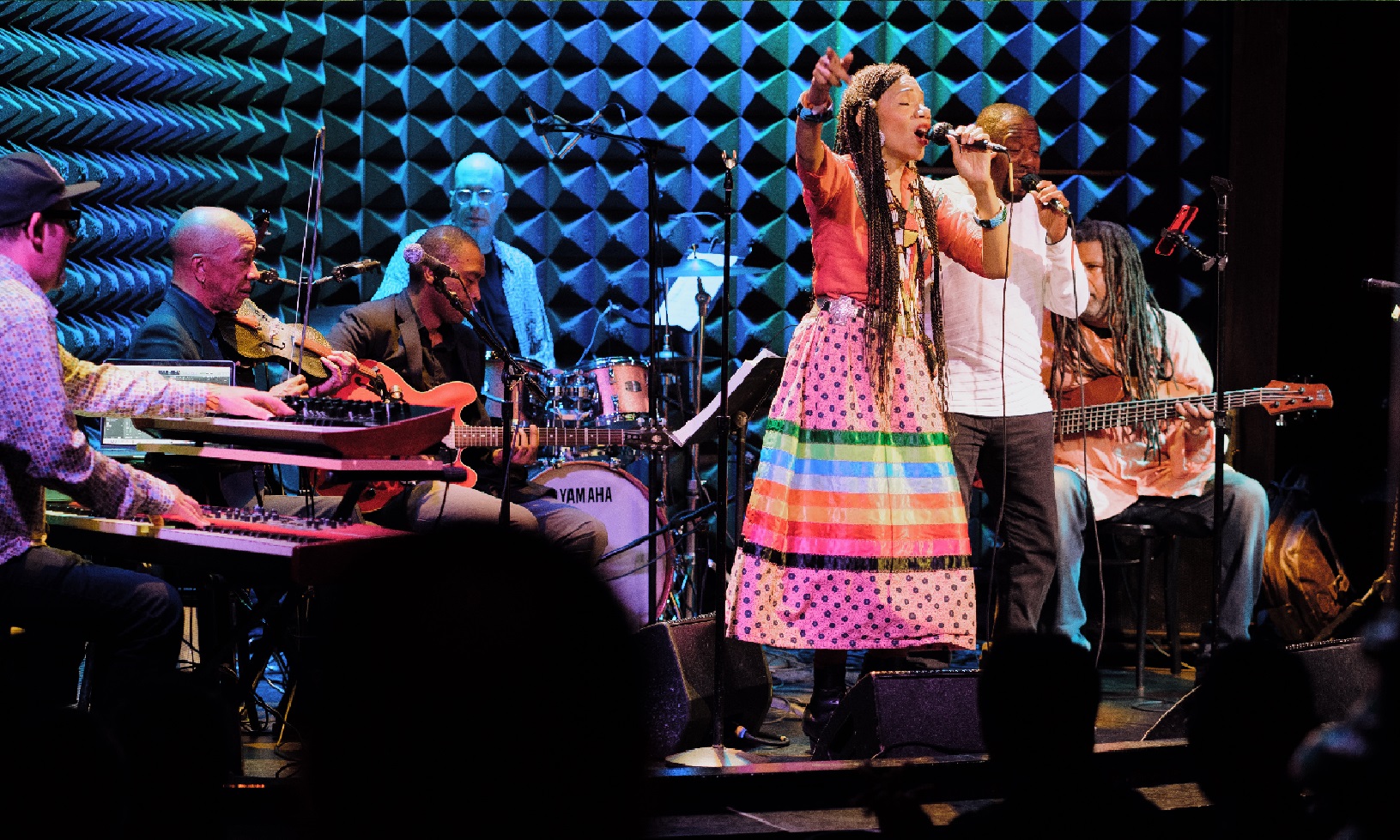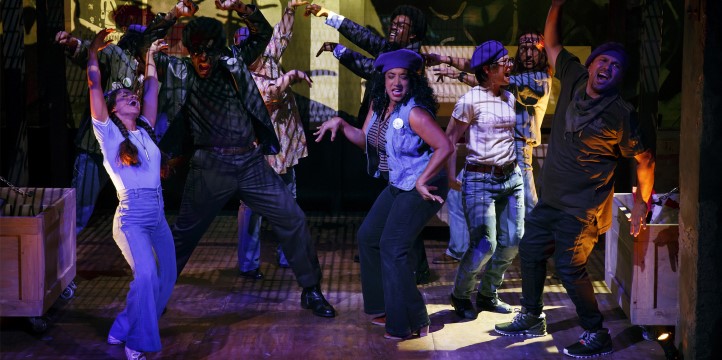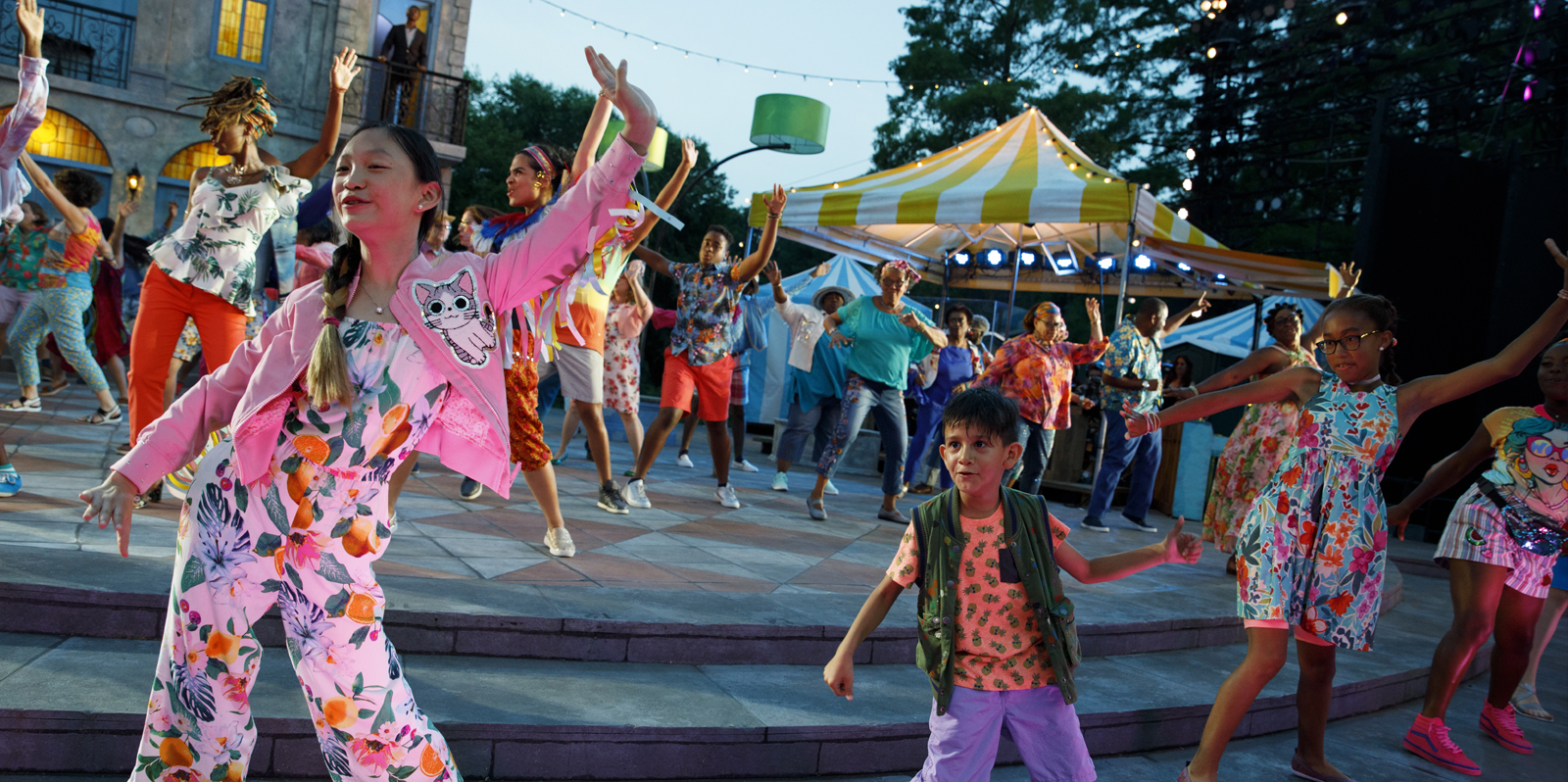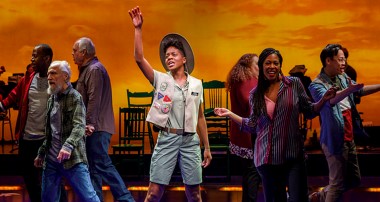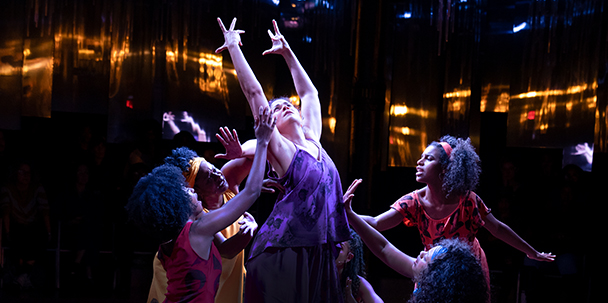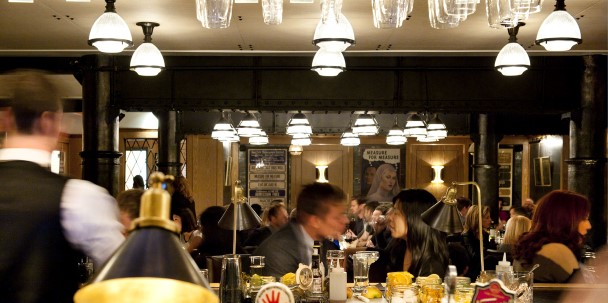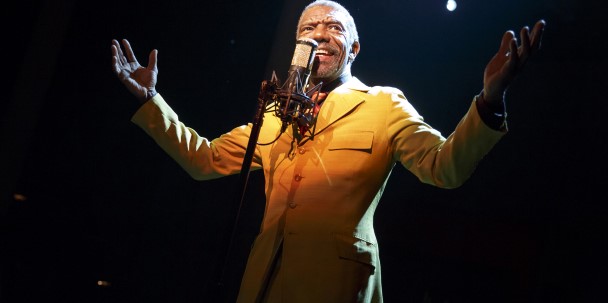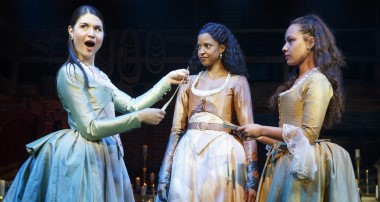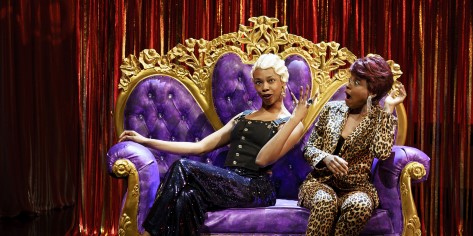From James Shapiro, Shakespeare Scholar in Residence at the Public Theater
This scene, in which Romeo and Juliet declare their love for each other, includes some of the most famous lines in Shakespeare: “Romeo, Romeo, wherefore art thou Romeo?” and “That which we call a rose / By any other word would smell as sweet.” It also contains one of the most hauntingly beautiful images in English poetry, Juliet’s description of her love: “My bounty is as boundless as the sea, / My love as deep. The more I give to thee, / The more I have, for both are infinite.” Shakespeare’s main source for the story of these star-crossed lovers was a long poem written in 1562 by Arthur Brooke: The Tragical History of Romeus and Juliet. While following the broader contours of this narrative, Shakespeare completely transformed Brooke’s wooden and jog-trot fourteen-syllable lines (in which, for example, Romeo says, “The love I owe to you, the thrall I languish in, /And how I dread to lose the gain which I do hope to win”) into his own richly metaphorical and musical pentameter verse. The result is one of the most memorable duets in literature, whose lyricism and intensity continues to captivate readers and playgoers.


